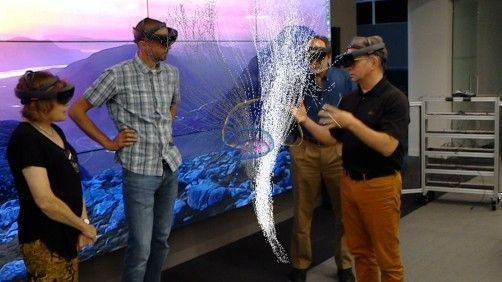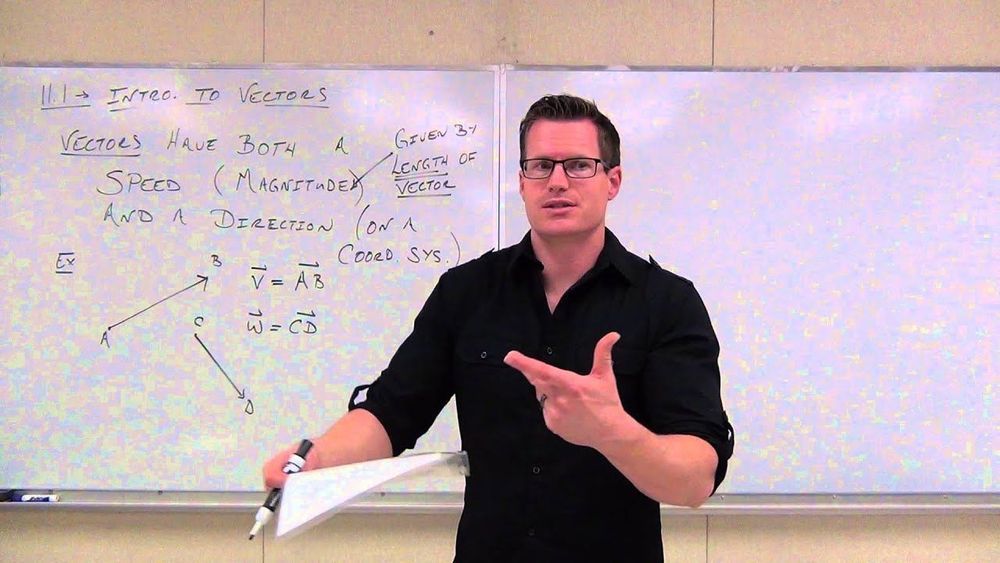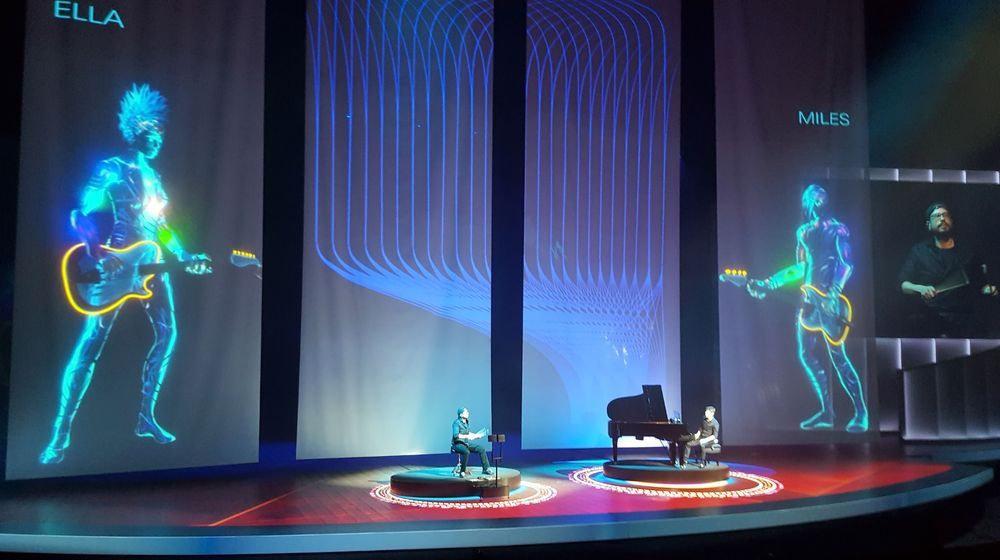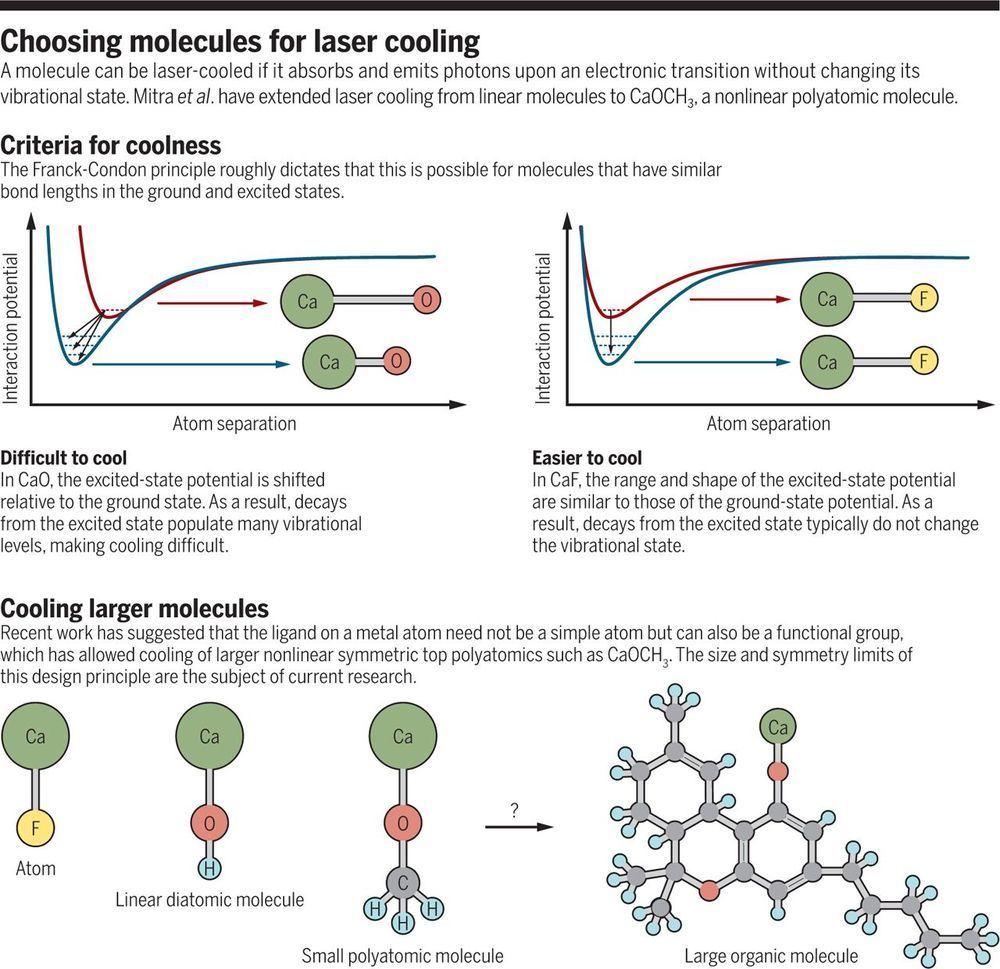A team of researchers using the Microsoft HoloLens mixed reality platform has created what is believed to be the first interactive holographic mapping system, e.
A high-power laser, optimized optical pathway, a patented adaptive resolution technology, and smart algorithms for laser scanning have enabled UpNano, a Vienna-based high-tech company, to produce high-resolution 3D-printing as never seen before.
“Parts with nano- and microscale resolution can now be printed across 12 orders of magnitude—within times never achieved previously. This has been accomplished by UpNano, a spin-out of the TU Wien, which developed a high-end two-photon polymerization (2PP) 3D-printing system that can produce polymeric parts with a volume ranging from 100 to 1012 cubic micrometers. At the same time the printer allows for a nano- and microscale resolution,” the company said in a statement.
Recently the company demonstrated this remarkable capability by printing four models of the Eiffel Tower ranging from 200 micrometers to 4 centimeters—with perfect representation of all minuscule structures within 30 to 540 minutes. With this, 2PP 3D-printing is ready for applications in R&D and industry that seemed so far impossible.
Deep neural networks (DNNs) are essentially formed by having multiple connected perceptrons, where a perceptron is a single neuron. Think of an artificial neural network (ANN) as a system which contains a set of inputs that are fed along weighted paths. These inputs are then processed, and an output is…
Tracy Slatyer, known for hunting dark matter in our galaxy and discovering evidence of an ancient Milky Way explosion, has won a $100,000 prize funded by tech billionaires.
The United States Internal Revenue Service has announced a bounty of up to $625,000 to anyone who can crack Monero’s privacy.
Listen to article.
Our researcher describes how malware is disabling popular security plugins on compromised WordPress websites to conceal malicious behavior and evade detection.
A commercial satellite photo may reveal a new Chinese space plane just moments after it landed at a remote site on the western side of China.
The photo, which is too low resolution to be conclusive, was snapped by the San Francisco-based company Planet. It shows what could be the classified Chinese spacecraft on a long runway, along with several support vehicles lined up nearby.
Terse statements by China’s official Xinhua news agency said only that a Long March 2F rocket had carried a “reusable experimental spacecraft” into orbit and that the launch and landing were successful. The landing took place on Sept. 6 at almost the exact time the photo was snapped by the passing satellite.
The mission took place this past weekend, shrouded in secrecy, but some clues are emerging about what China sent into space, and why.
Circa 2018 aerodrums.
LAS VEGAS (PRWEB) January 09, 2018.
Aerodrums today celebrates the live playing of an experimental variant of its air drumming instrument as part of a ground breaking musical performance introducing Intel’s keynote at CES 2018.
Percussionist Sergio Carreño accompanied pianist Kevin Doucette in a jazz improvisation featuring artificially intelligent avatars playing guitar and bass.
Circa 2018
Tesla is known for its electric vehicles — but now it’s hoping to add trucks to its roster of roadsters. Here’s everything we know so far.
Surfers have a concept they call progression. It is roughly the idea that each successive generation of wave riders is not constrained by the same idea of what is “impossible.” Progression often comes in small steps, usually helped by improvements in technology but every so often—like Laird Hamilton’s Millennium Wave at Teahupoo, Tahiti (1)—it comes in a giant leap when somebody does what everyone else was too scared to try. On page 1366 of this issue, Mitra et al. (2) have progressed molecular physics in a step that was unthinkable only a few years ago by laser-cooling a nonlinear polyatomic molecule, CaOCH3.
http://www.sciencemag.org/about/science-licenses-journal-article-reuse
This is an article distributed under the terms of the Science Journals Default License.









